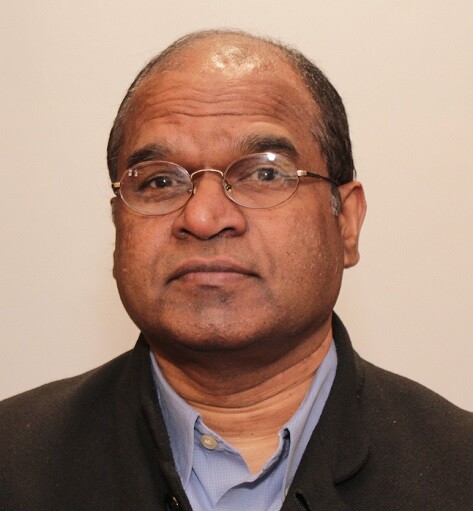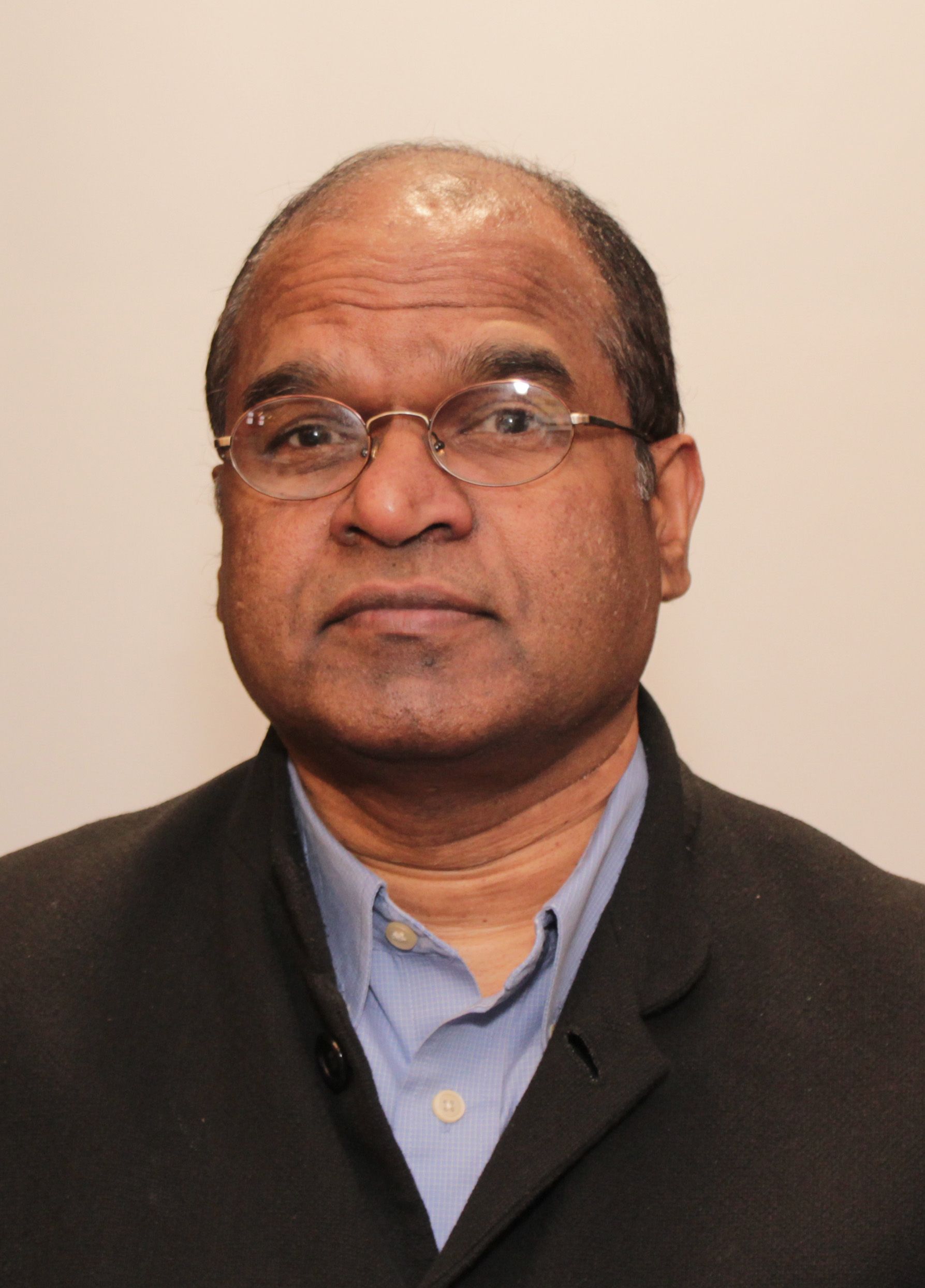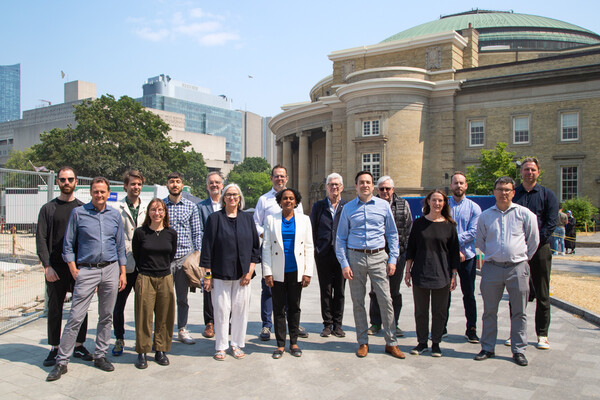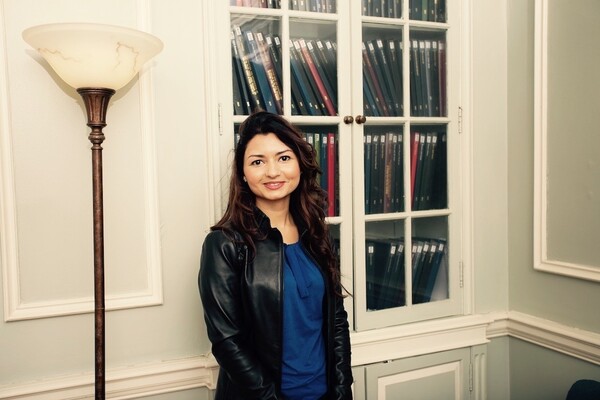Solving Inflammation at the Source: Q&A with Professor Nades Palaniyar

Katie Babcock

How does the body’s immune system react to invading microorganisms and how can that normally protective function lead to inflammation and disease? Researchers from the Department of Laboratory Medicine and Pathobiology at U of T believe they’ve found a missing link in understanding this unusual connection.
Professor Nades Palaniyar, along with PhD student David Douda and Postdoctoral Fellow Meraj Khan, has revealed a new pathway in an immune response called NETosis.
When bacteria invade, the human body reacts within minutes and sends out neutrophils—a type of white blood cell that engulfs and digests microorganisms. But now researchers know that neutrophils can also cast nets, called neutrophil extracellular traps (NETs), that ensnare microbes to control infection.
While this process is essential for the immune system to react to acute infections, it can also cause severe long-term damage. When neutrophils cast nets, they release toxins that can cause excess inflammation and damage to surrounding tissues and organs. This inflammation can lead to or worsen debilitating disorders including lupus, rheumatoid arthritis, cystic fibrosis, difficult-to-treat neutrophilic asthma and several vascular diseases.
In this Q&A, Palaniyar discusses his findings recently published in the Proceedings of the National Academy of Sciences (PNAS). In an area with few treatment options, his work provides hope for patients with inflammatory and autoimmune diseases.
What did you propose in your recent PNAS paper?
Two major types of NETosis have been described to date, but researchers didn’t understand how or why they operated differently. One type depends on an enzyme called NADPH oxidase 2 (NOX2). The pathways that depend on this enzyme are reasonably well-established.
We’ve identified the mechanistic details of the second type of NETosis that doesn’t depend on the NOX2 enzyme. In this paper, we show that a calcium-activated potassium channel (SK3) mitochondrial reactive oxygen species (ROS) and specific enzymes regulate this pathway.
We’re hoping to target different components of NETosis pathways to identify better drugs. We’re currently screening thousands of existing FDA-approved drugs to identify effective treatment options. We’re hoping to find a drug that will eliminate the chronic inflammation caused by NETosis, while still allowing the immune system to deal with an acute infection.
How could your discovery change how patients are treated?
Currently, we don’t have many options for dealing with inflammatory or autoimmune diseases. Clinicians treat most of these patients with steroids to suppress their immune systems, or they use other non-steroid drugs such as aspirin and ibuprofen.
These drugs have considerable side effects. For example, using steroids on patients who are already immunosuppressed can lead to other infections. Steroids also have other side effects because they regulate many pathways, and they don’t always work on all patients.
Once we know the molecular mechanisms that regulate chronic inflammation, it is possible to identify a potent drug with minimal side effects. We’re hoping that our discovery will lead to better options for patients.
What inspired you to conduct research in this area?
I always like to investigate new topics. About ten years ago, researchers identified NETosis, and determined that NETs were made of DNA and anti-microbial proteins. During my postdoctoral fellowship at Oxford University, I published a paper based on these findings. When I moved to Toronto and joined SickKids as a scientist and LMP as an assistant professor, I continued my work and I’ve been studying NETosis ever since.
We were right there at the beginning, and there were no models even to study NETs in vivo. We’ve devised many in vivo-ex vivo models and tests to study NETosis, so I really feel that we’re inventors discovering something entirely new.
Sometimes, when I open my eyes at the end of my meditation, I suddenly see answers to NET questions. I even wake up in the middle of the night and write equations and new pathways! I have a file full of these outlines and ideas. I talk about these new ideas for hours with my trainees, who are fascinated by NETs. The elegance of the immune system inspires me to do more and more.
What are your next steps?
Now that we know certain players within the cells, we’re currently trying to identify FDA-approved drugs and new compounds that will target specific pathways. These drugs should stop NET formation while maintaining the immune function of the cells. We already have excellent results from our first drug screen. They were exactly the groups of drugs that I had predicted would work. The whole process of identifying the best compounds will take close to two years.
If we identify a compound that we think will target one or both of these pathways, we’ll then move to in vivo studies. I’m excited about advancing this research and understanding how to block the pathways. I collaborate well with many clinicians. Dr Harmut Grasemann, who is a co-author in this study, is an outstanding collaborator for CF lung diseases I think it is very important for scientists and clinicians to interact efficiently to bring discoveries to the clinic at the earliest possible time.
What kind of technology are you using to find suitable treatments?
We have an elaborate robotic system at SickKids that uses echo vibrations to deposit tiny amounts of drugs very precisely. It’s so sensitive and efficient that we can test thousands of drugs from these libraries at the same time—one screen will test 1,280 compounds. We’ll first test 4,000 FDA-approved drugs, and then test the library with 40,000 new compounds.
We’re also using another new technology at SickKids that combines flow cytometry and mass spectrometry, called CyToF, to identify other enzymes that might be involved in NETosis. This approach can generate 36-dimensonal precise information. The ordinary human mind cannot process information beyond a few dimensions.
LMP alumnus David Douda worked on this research. What was his role?
Students who are really open minded and want to explore big ideas thrive in my lab. David was one of those students, and in 2011 he helped to establish the first in vivo model to study NETs in the lungs. While in the lab he published ten papers as a primary or a co-author and four more will be published soon. After he completed his PhD in 2013, he moved to Brigham and Women’s Hospital, Harvard Medical School for his postdoctoral training. Meraj did a lot of experiments that were necessary to complete the work; therefore, both of them share the first authorship. Meraj is now taking the work to the next level.
I expect, and encourage, everyone in my lab to do more than one project and David started this PNAS work as a side project. It turned out to be great. I have to find a few more PhD students like David and postdocs like Meraj to churn out much more new information in this hot field.
I give my trainees new project ideas to explore, and ask them to find a project that they are passionate about. They have to fall in love what they’re doing. When you receive a PhD degree, you are getting a license that says to the world that you are an independent thinker or a philosopher. You need to learn to think big, and to think on your own. If you do what you love, you will love what you do.
News


